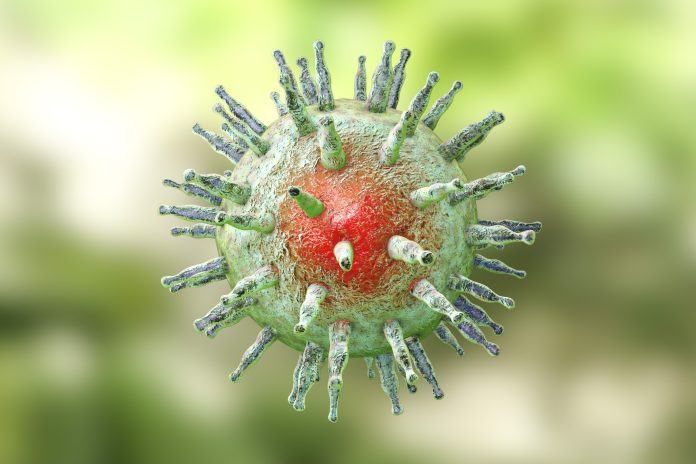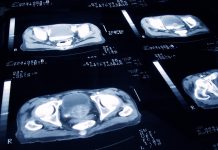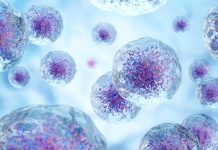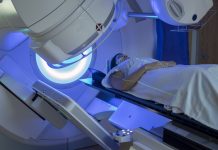In a study, researchers from the University of Basel and the University Hospital Basel have uncovered a promising new approach to combat the Epstein-Barr virus (EBV), a common virus that affects 90% of the adult population
Their findings, published in the journal Science, reveal how inhibiting a specific metabolic pathway in infected cells can reduce the risk of diseases associated with EBV, including various cancers.
The origins of EBV virus
Discovered 60 years ago by pathologists Anthony Epstein and Yvonne Barr, EBV was the first virus proven to cause cancer in humans. Despite most people being asymptomatic carriers, the virus can lead to glandular fever (or “kissing disease”) and is linked to cancers and autoimmune diseases such as multiple sclerosis.
Until now, no drug or approved vaccine has been able to target EBV within the body specifically. This new research led by Professor Christoph Hess, however, offers some new hope. The team discovered that EBV reprograms immune cells known as B cells, a process essential for the virus to cause chronic infection and subsequent diseases like cancer.
They found that EBV triggers these cells to increase the production of an enzyme called IDO1, which boosts energy production in the cells’ mitochondria, facilitating the virus’s replication and the rapid proliferation of infected B cells.
EBV-related blood cancers
The researchers focused on patients who developed EBV-related blood cancer after organ transplantation. Immunosuppressive drugs used to prevent organ rejection also make it easier for EBV to cause blood cancer, known as post-transplant lymphoma.
The study showed that EBV upregulates IDO1 months before lymphoma diagnosis, suggesting the potential for early disease biomarkers. IDO1 inhibitors, initially developed to treat established cancer, have not proven effective in that context. However, these clinically tested inhibitors might now find a new purpose in reducing EBV infection and related diseases. In experiments with mice, IDO1 inhibition decreased B cell transformation, viral load, and lymphoma development.
“Until now, there’s been nothing specific for preventing or treating Epstein-Barr virus-associated disease,” says Professor Hess. The possibility of repurposing IDO1 inhibitors offers a new avenue for preventing or treating EBV-associated diseases.
EBV is a member of the herpes virus family and is spread primarily through saliva. Symptoms of infection can include fatigue, fever, sore throat, swollen lymph nodes, and in severe cases, an enlarged spleen or liver. Most people recover in a few weeks, but the virus remains latent in the body and can reactivate, especially in individuals with weakened immune systems.











